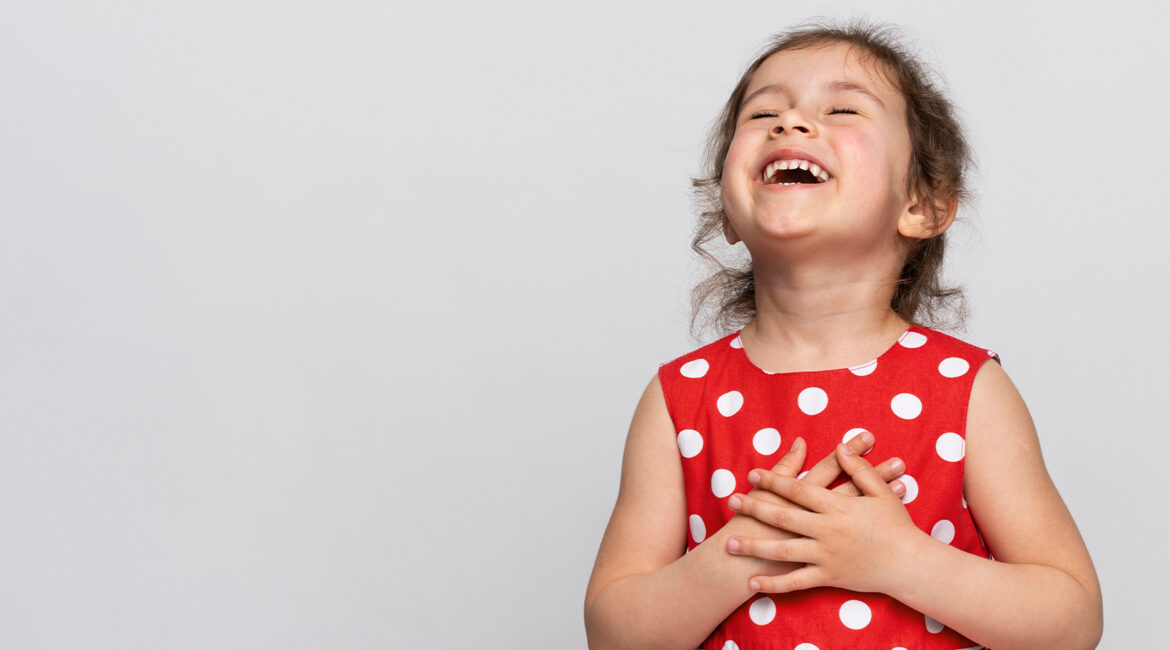Sensory processing and autism
At Right Start Inc we know that Sensory Processing Disorder (SPD) or sensory issues describes the challenges children (and adults) have when their brains interpret the sensory messages they receive differently.
Their brains might find some sensory inputs overwhelming. Or they might not notice sensory inputs as quickly as others.
How frequently do ASD and sensory processing issues occur?
In one survey of adults with autism, 83% of respondents said that they had some challenges with sensory processing. In the same survey respondents also listed sensory processing challenges as contributing to their increased levels of stress.
The percentage of children with ASD and sensory processing issues has been reported to be somewhere between 69% to 95%.It also occurs frequently enough for it to be included as part of the diagnostic criteria in the DSM-5 update in 2013.
In 2014, the U.S. Centers for Disease Control reported that 1 in 68 school-aged children were diagnosed with Autism Spectrum Disorder. A more recent parent survey conducted by the National Center for Health Statistics puts that number much higher, reporting 1 in 40 children aged 3 and older have autism.
When we look at the frequency of this diagnosis, it’s important to look past the statistics and realize that, with every new diagnosis of a child, there is a family desperately trying to navigate what this means, how it will impact daily life, and what they can do to help their child develop, learn, interact, and be successful.
What might the sensory processing challenges in autism feel like?
Difficulties with sensory processing can affect every part of a child’s or adult’s life. This is because our bodies are constantly receiving sensory messages.
Close your eyes for a minute and just think about all the sensory input you are experiencing.
Do you hear any sounds or smells and scents? Can you feel what you are sitting on? Does your body know whether you are sitting up or lying down?
What about micro sensations? How do your clothes feel against your skin? What about your watch or jewelry? Can you sense the seams of your socks or tights? How does the faint ticking of a clock sound, or how is the flicker of a light affecting you?
Noticing micro sensations
Some of you who are reading this may have never noticed these micro sensations before. This is because your brain filters them out. Autistic Spectrum Disorder can increase the intensity of these micro sensations.
So, everyday sensations are felt with greater intensity. This can often lead to distraction or avoidance. Over time, if these sensations become too much, this can lead to sensory overload. Sometimes this might result in a meltdown or may cause children (or adults) to shut down.
Children (or adults) that meltdown typically show their sensory overload in more obvious ways than those that shut down.
During a meltdown, a child’s behavior will likely be quite intense, it may look similar to a tantrum. However, the trigger for the response is too much sensory information.
It is important to also keep an eye out for shut down as these children (and adults) can be overlooked. Children (or adults) who shut down may withdraw, go quiet or try to hide. These indicators of shut down can often be missed.
Is there always a pattern of sensory sensitivity in autism?
Interestingly, despite there being a lot of attention on sensory sensitivity in autism, the research reports a mix of sensory patterns.
Results show that there is no clear pattern of responses in autism to sensory information. Different studies have given different results but most find that there is a mixed sensory profile in autism.
This is a good reminder that every person with autism is an individual. Whilst some brains are more sensitive, others could be slower to respond to sensory inputs and others might seek out more sensory inputs.
There can also be differences with each sense. One common finding in all studies is auditory sensitivity, or sensitivity to sounds. I see this clinically too. Touch sensitivity is also frequently reported.
Overall, however, research does not support a specific pattern of responses. Every autistic child or adult will have their own unique sensory profile and will require their own individualized means of support.

